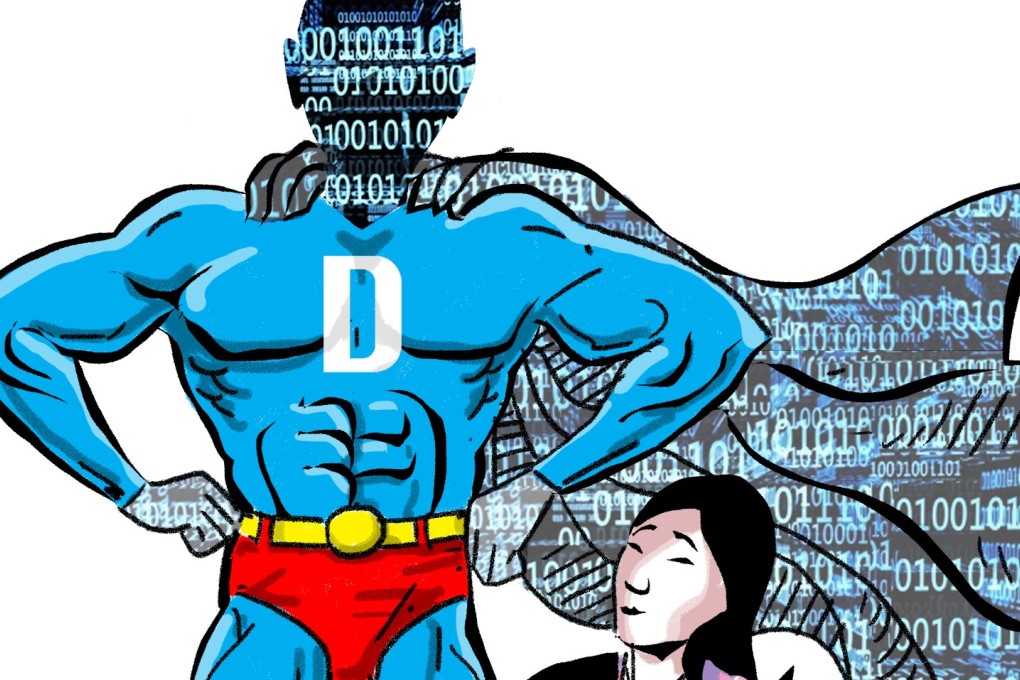From terrorism to air pollution, big data holds the key to protecting lives
Way Kuo says information must be properly captured and scientifically analysed to improve our predictions and responses to a whole range of natural and human disasters, free from the interference of ideological biases


Contemporary technological innovations bring many benefits. Unfortunately, they also have the power to magnify the scale and severity of the risks and hazards we experience in our everyday life.
The growth of the internet in the 1980s, for example, made large volumes of highly useful data possible. At the same time, it brought all kinds of new risks, such as cyberbullying and online fraud. It has also been used to disseminate fundamentalist propaganda and recruit fighters for jihadist campaigns.
The worst terrorist attacks so far, in US history and on US soil at least, were the September 11 attacks in 2001. The economic losses have amounted to hundreds of billions of dollars, in addition to the 2,977 deaths. Nearly 5,500 first responders and local residents have been diagnosed with cancers linked to the toxic smoke and dust created by the attacks. According to Brown University’s “Costs of War” project, the economic cost and human losses triggered directly or indirectly by the 9/11 attacks may have amounted to US$4 trillion.
In the meantime, 6,800 US service personnel have died as of December 2014, and another 6,900 more US military contractors have been killed. The civilian losses in Afghanistan, Iraq and Pakistan are even worse, estimated at 210,000 by an updated Brown University report in April 2015.